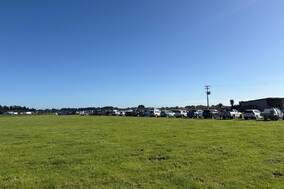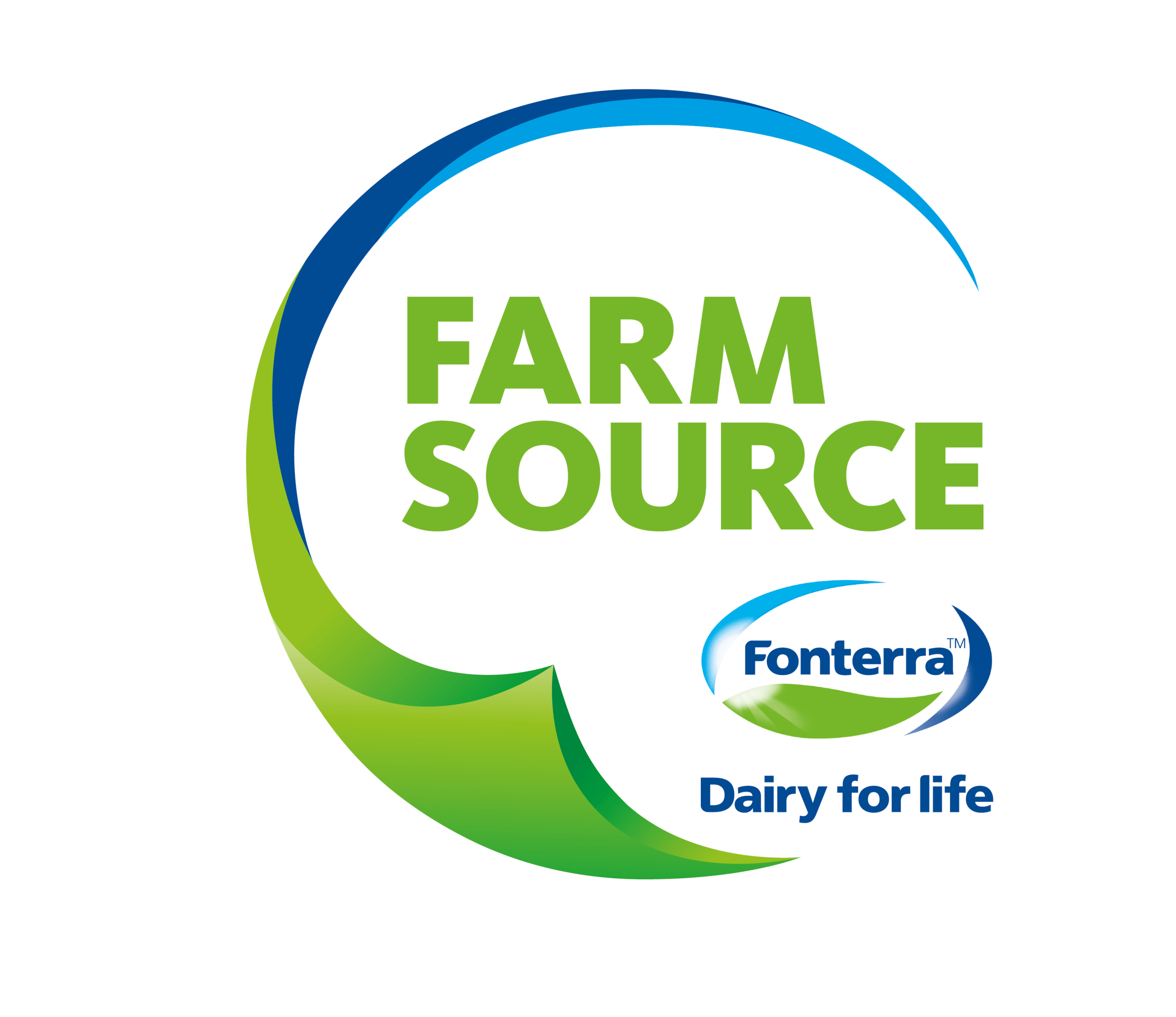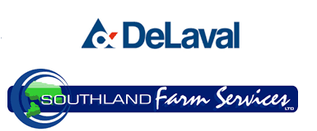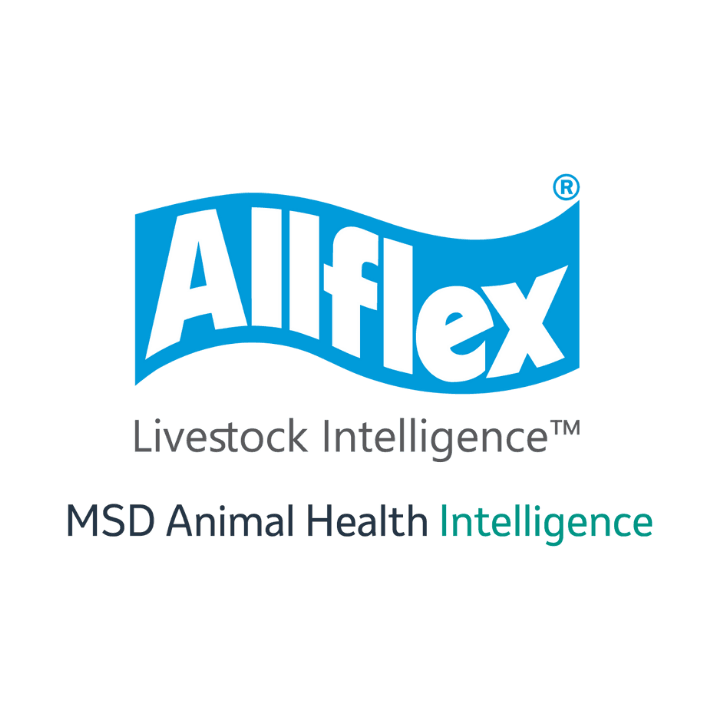Join our mailing list
Stay up to date with our Newsletters, weekly notes, Field Day notices and other updates.
We want to hear from you!
If you have a research idea, want to visit the Hub, or something is missing from our website - let us know!
SOUTHERN DAIRY HUB
Our purpose is leading innovation for southern farmers prosperity.
We do this through research and demonstration.
Why we’re here
The Southern Dairy Hub is a 349ha commercial scale Research dairy farm at Wallacetown near Invercargill.
Created by collaborative ownership between Southern Farmers’ & Businesses donations (via Southern Dairy Development trust) and Industry (DairyNZ), Research (AgResearch) to purchase and convert the property now owned by and known as the Southern Dairy Hub.
What we do
We deliver research projects that provide future-focused farm ready information for southern - and all of New Zealand - farmers.
Our research at the Hub centres around farm systems comparative research at scale. We focus on profitability, animal behaviour, physiological differences, environmental outcomes and feed.
Our Vision
Be the most trusted research and demonstration hub for southern – and all New Zealand - farmers
Our Mission
To provide economic, social and environmentally sustainable solutions for southern dairy farmers and our community
Check out HubWatch – your weekly glimpse into research in action
Keep up with the latest
We want to hear from you!
If you have a research idea, want to visit the Hub, or something is missing from our website - let us know!

Stay up to date with our newsletters, weekly HubWatch notes, Field Day notices and other updates.
Thanks to our Sponsors
Without the ongoing support of these businesses we couldn't do what we do.
Thanks to our Farm Partners
We wouldn't be here without the foresight and vision of these organisations who invested in the development and establishment of SDH
